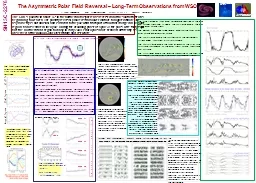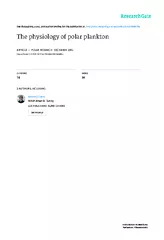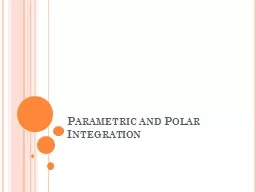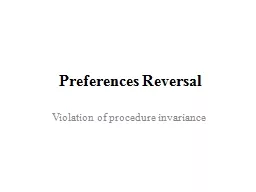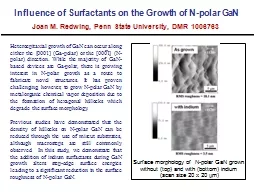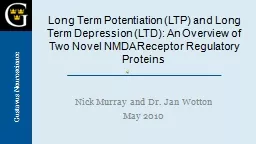PPT-The Asymmetric Polar Field Reversal – Long-Term Observati
Author : danika-pritchard | Published Date : 2016-02-27
J Todd Hoeksema Solar Observatories Group HEPL Stanford University SH13C2278 Heliospheric Current Sheet Image Courtesy Keiji Hayashi hmistanfordeduMHD LASCO
Presentation Embed Code
Download Presentation
Download Presentation The PPT/PDF document "The Asymmetric Polar Field Reversal – ..." is the property of its rightful owner. Permission is granted to download and print the materials on this website for personal, non-commercial use only, and to display it on your personal computer provided you do not modify the materials and that you retain all copyright notices contained in the materials. By downloading content from our website, you accept the terms of this agreement.
The Asymmetric Polar Field Reversal – Long-Term Observati: Transcript
Download Rules Of Document
"The Asymmetric Polar Field Reversal – Long-Term Observati"The content belongs to its owner. You may download and print it for personal use, without modification, and keep all copyright notices. By downloading, you agree to these terms.
Related Documents

